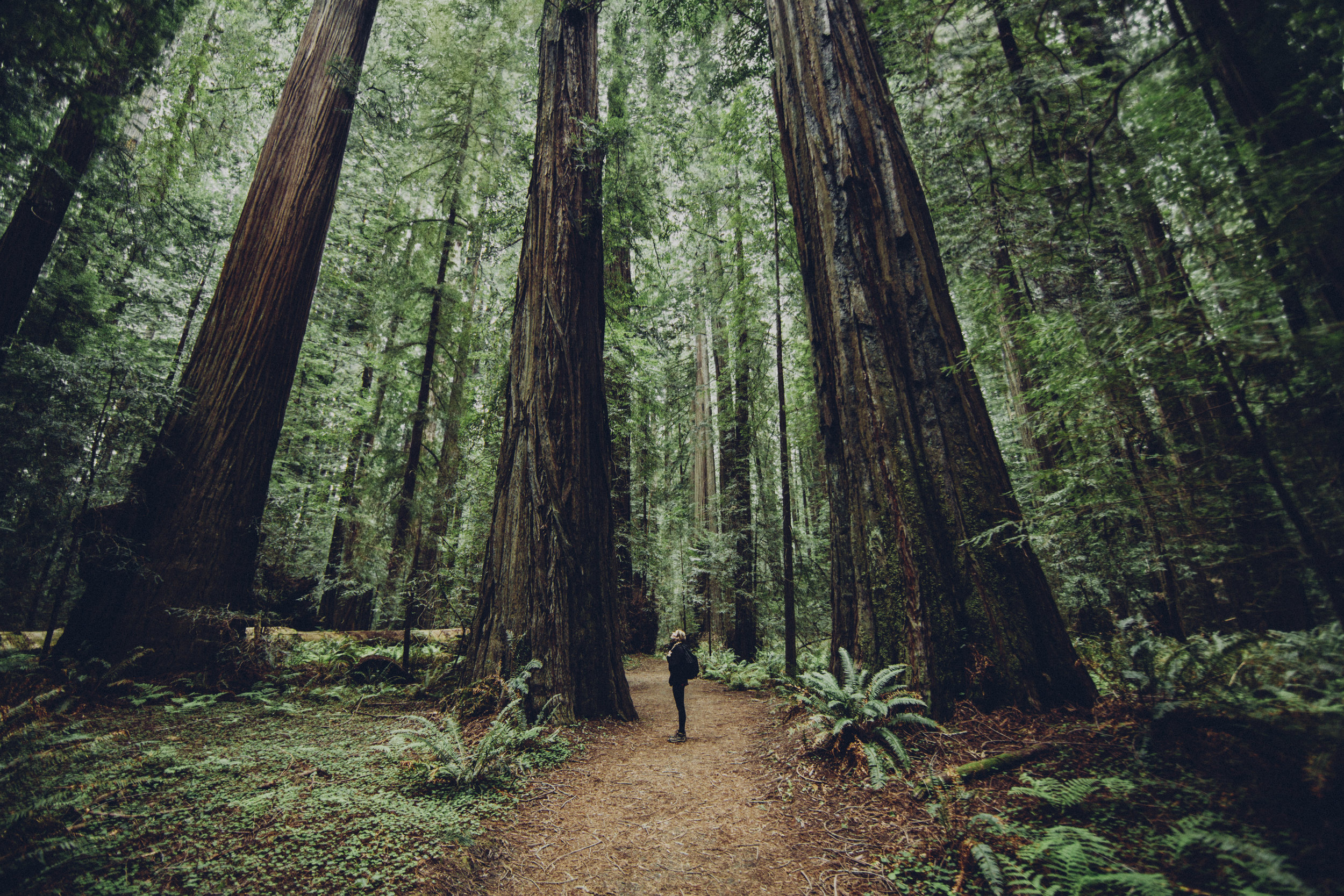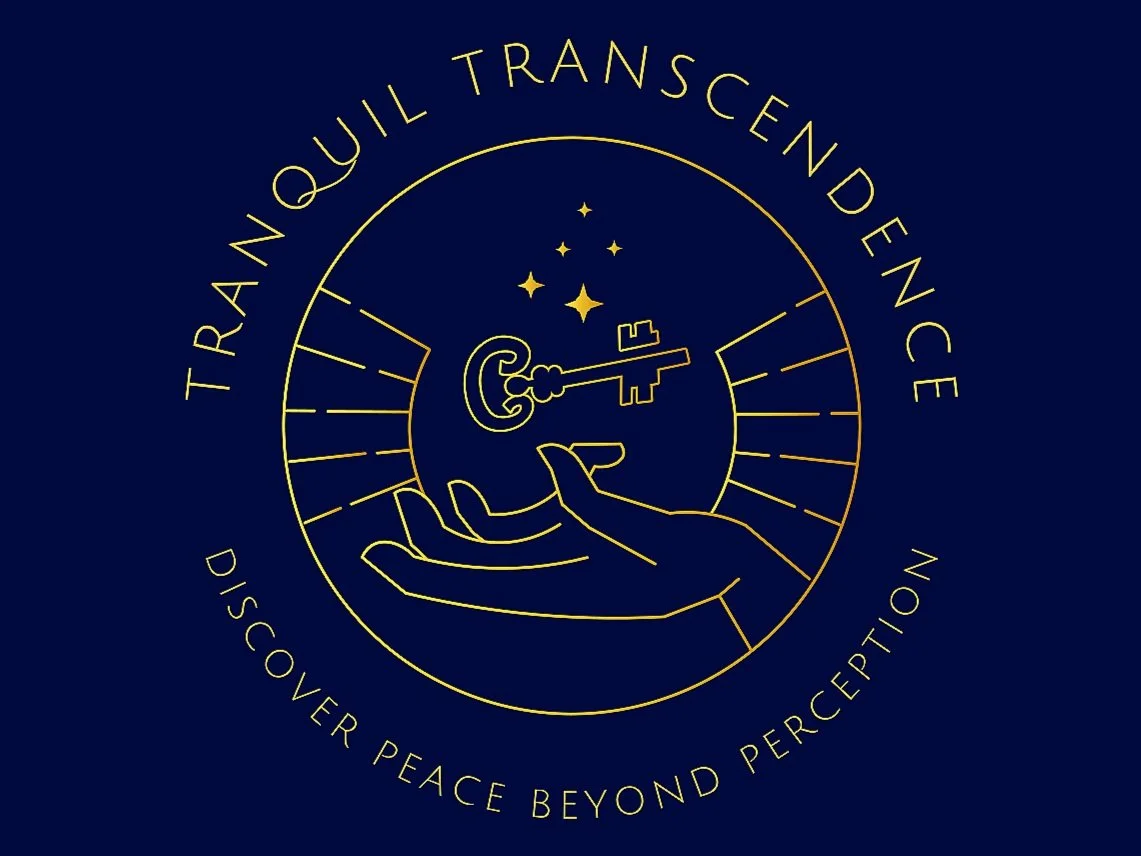
Empower Yourself Through:
Psychedelic Education & Research
So, What’s the Deal with Psilocybin Mushrooms?
Psilocybin mushrooms — sometimes called “magic mushrooms” — have been used by humans for thousands of years, not just for trippy visuals, but for deep healing, reflection, and spiritual growth. In many cultures, they’ve been part of sacred ceremonies led by elders or healers who use the mushrooms to help people connect more deeply with themselves, nature, and even something greater than themselves. These ceremonial experiences are treated with a lot of care and respect — it’s not about “getting high,” but about creating a safe, intentional space where real emotional and spiritual transformation can happen.
In today’s world, psilocybin is also being studied — and seriously respected — by scientists and therapists. When taken in a safe and supported setting, it’s showing amazing results for helping people deal with things like depression, anxiety, trauma, and even addiction. The magic isn’t just in the mushrooms themselves, but in how they help quiet all the mental noise so you can see things more clearly, feel more deeply, and break out of patterns that might be holding you back. Think of it like hitting a mental reset button — with the right support, it can lead to big “aha!” moments and lasting personal change. Whether it’s done in a ceremonial setting or with therapeutic guidance, the goal is the same: healing, growth, and a stronger connection to your true self.
History & Cultural Significance of Mushrooms
For thousands of years, psilocybin mushrooms have held a powerful place in human history — not as recreational curiosities, but as sacred tools for healing, vision, and connection. Across continents and cultures, they’ve been used in rituals, rites of passage, and spiritual ceremonies by Indigenous peoples who view them as plant teachers or medicine. This page explores the rich and often overlooked legacy of psilocybin: from ancient cave art and traditional Mazatec ceremonies in Mexico, to their rediscovery by the West in the 1950s, and their modern revival in healing and therapeutic spaces today.
Effects on the Brain and Consciousness
Psilocybin doesn’t just create vivid visuals or shift your mood — it has a profound effect on how the brain functions and how we experience reality. When psilocybin is consumed, it temporarily alters the brain’s normal communication patterns, allowing parts of the brain that don’t usually “talk” to each other to suddenly connect. This can lead to deep insights, emotional breakthroughs, and a sense of expanded awareness. Many people describe feeling more connected to themselves, others, and the world around them — like waking up to a truth that was always there, just hidden beneath everyday thoughts and habits. On this page, we’ll explore how psilocybin affects the brain, how it influences consciousness, and why these changes can be so healing for the mind and spirit.



